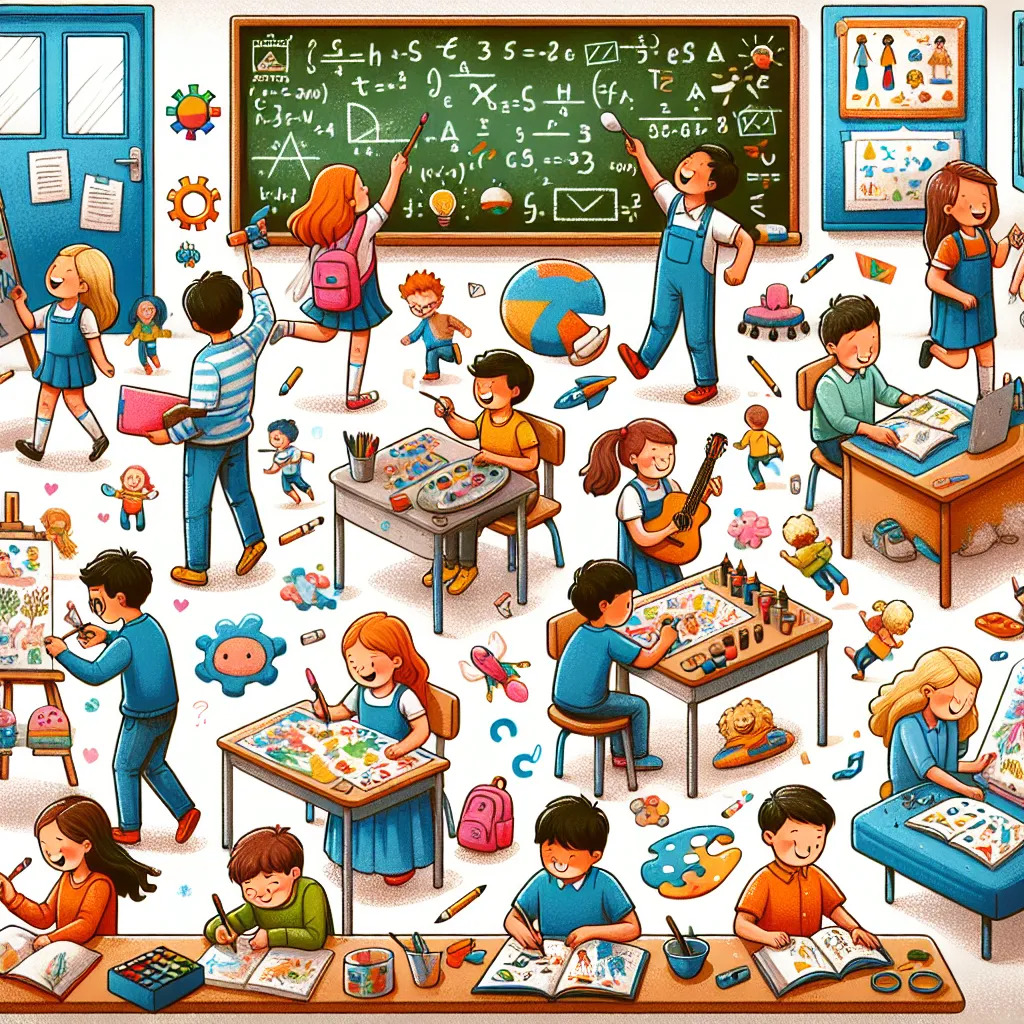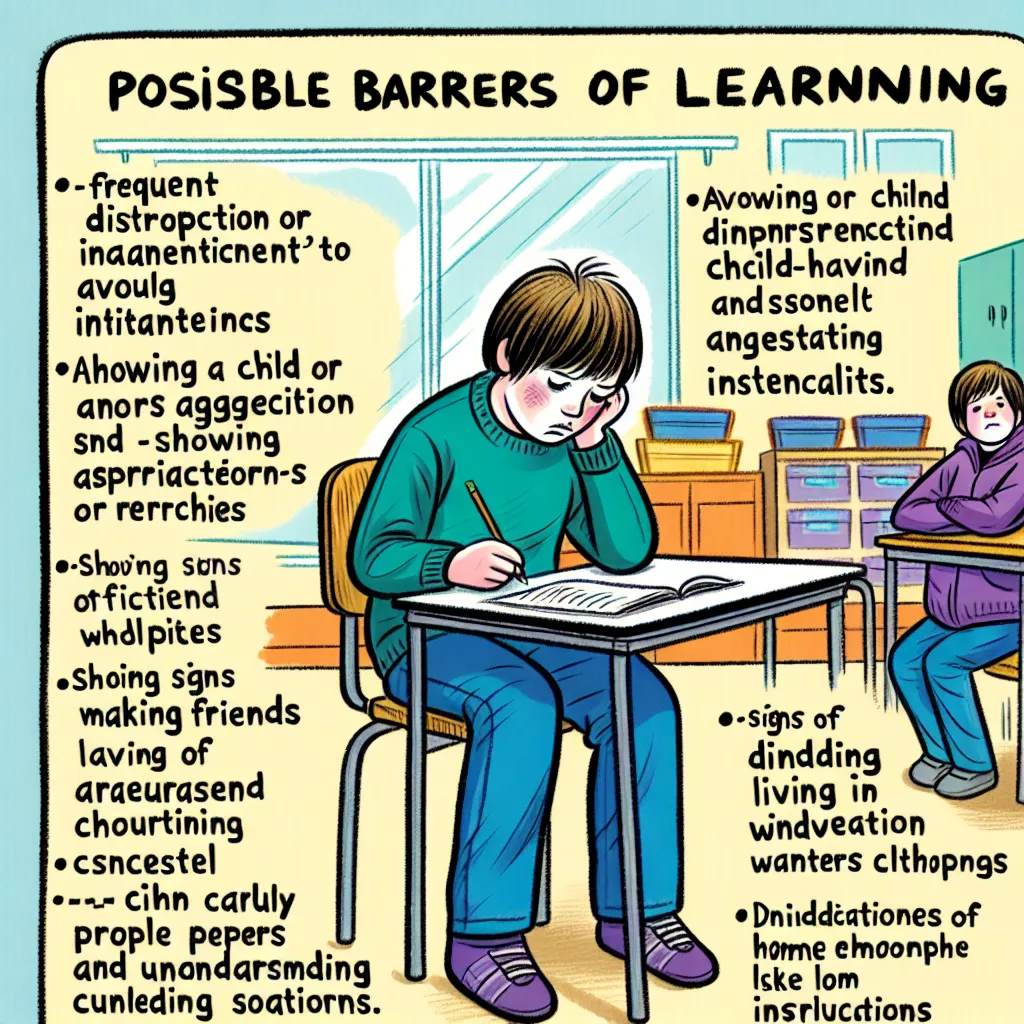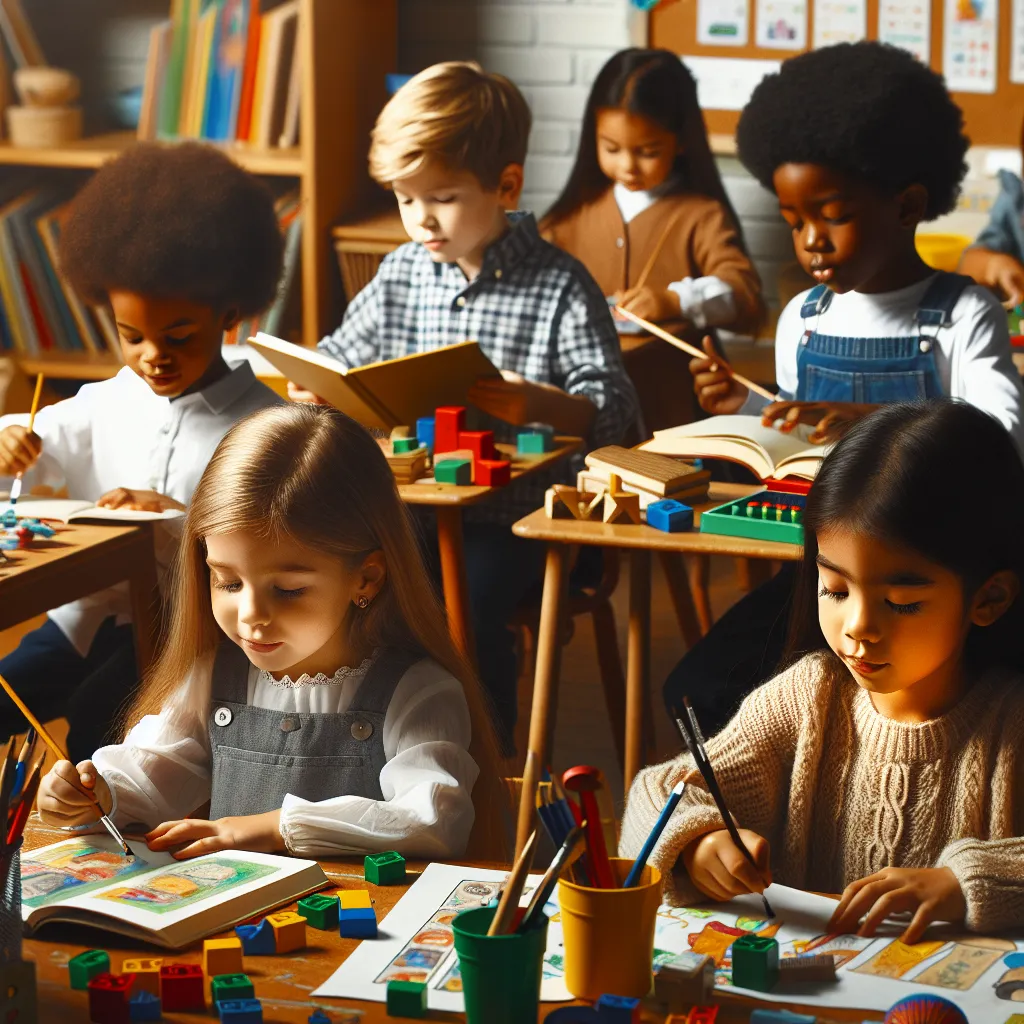Ask AI on The Internet
Question: 3.2 From your observations, why are the learners not the same? (1) 18 ................................................................................................................................................... ................................................................................................................................................... ................................................................................................................................................... ................................................................................................................................................... ................................................................................................................................................... ................................................................................................................................................... ................................................................................................................................................... ACTIVITY 4 Observe a learner who experiences barriers to learning. List the aspects that you have identified in the learner's behaviour, appearance and/or conduct that may indicate possible barriers to learning. 4.1 Behaviour in class (1) ................................................................................................................................................... ................................................................................................................................................... ................................................................................................................................................... 4.2 Emotional signs (e.g., aggressive towards other learners) (1) ................................................................................................................................................... ................................................................................................................................................... ................................................................................................................................................... 4.3 Appearance (e.g., neglected) (1) ................................................................................................................................................... ................................................................................................................................................... ................................................................................................................................................... 4.4 Social interaction and relationships (e.g., no friends in class) (1) ................................................................................................................................................... ................................................................................................................................................... ................................................................................................................................................... 4.5 Intellectual capabilities (e.g., very slow learner, poor language development) (1) ................................................................................................................................................... ................................................................................................................................................... ................................................................................................................................................... 4.6 Other aspects (e.g., part of a child-headed household) (1) ................................................................................................................................................... ................................................................................................................................................... ...................................................................................................................................................
It appears like you're seeking guidance on how to observe learners who may be experiencing barriers to learning. Here are some example responses to assist you: 3.2. Learners are not the same because they each have their own unique backgrounds, learning styles and capabilities, experiences, and obstacles. For example, some may come from supportive households while others may not. Others may learn at a faster pace, while there are those who may need more time and attention. 4.1. Behaviour in class: The learner may seem distracted or disinterested during lessons, often looking out the window or fidgeting with objects instead of focusing on the lesson. They may also frequently arrive late to class or not show up at all. 4.2. Emotional signs: The learner shows signs of aggression or exhibits anti-social behaviour towards peers within the class. They might be quick to anger, adopt bullying tactics or become withdrawn and refuse to engage in group activities. 4.3. Appearance: The learner's appearance may indicate a lack of self-care. They may often wear the same clothes, have issues with personal hygiene, or show signs of neglect such as unwashed hair or unkempt uniforms. 4.4. Social interaction and relationships: The learner does not appear to have friends in the class, usually spends time alone during breaks and does not participate in group activities. 4.5. Intellectual capabilities: The learner often struggles to grasp new material, even with extra assistance. They may exhibit poor language development and may have difficulty in conveying their thoughts or understanding instructions. 4.6. Other aspects: The learner may be part of a child-headed household. This can contribute to increased stress, responsibility, and less time and resources for studying, thereby negatively impacting academic performance. The learner might also exhibit signs of chronic tiredness or malnourishment.
A new large language model has been made available since this question was asked.
To generate an updated answer from the new model, click the button below.
Think your answer is better than the AI's? Post it below.
Question Tags
If you want your question answered by an AI, click here.







Post your own comment: